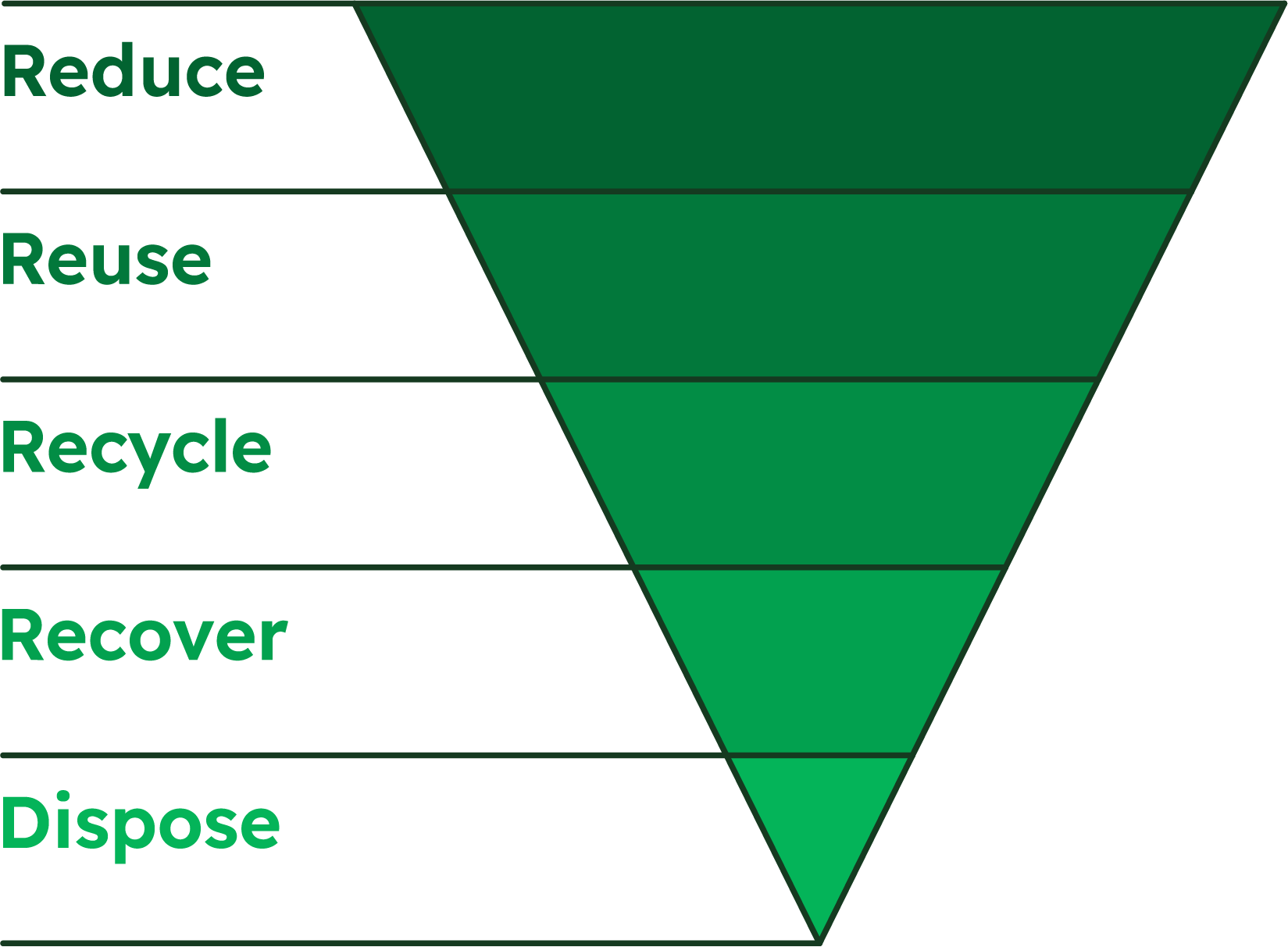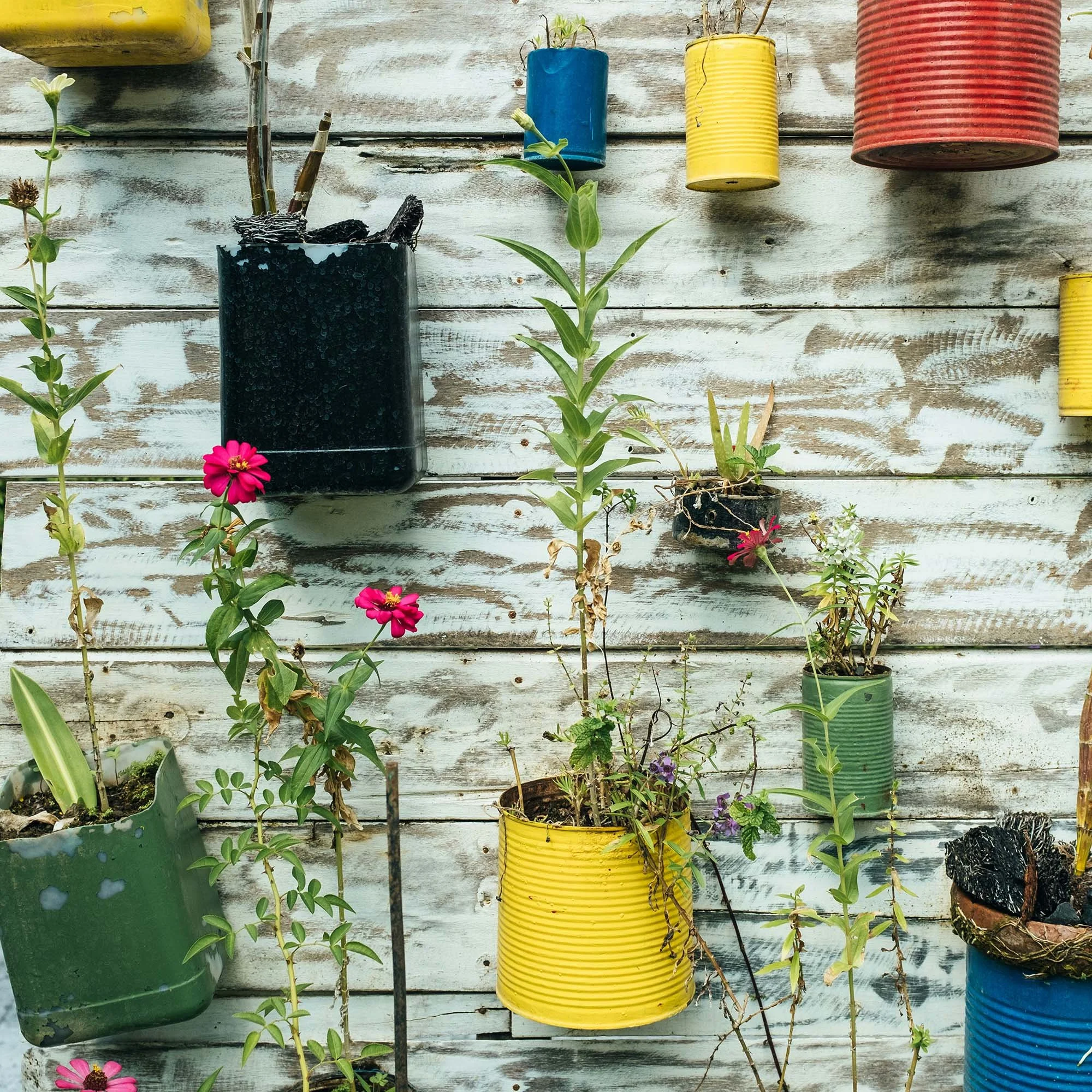Reduce Reuse Recycle
The waste hierarchy ranks waste management options according to what is best for the environment. It gives top priority to preventing waste in the first place. When waste is created, it gives priority to preparing it for re-use, then recycling, then recovery, and last of all disposal (e.g. landfill). (Defra, 2011)
The Three R’s of sustainable living are key to reducing our impact on the planet.
Reduce
The priority is to reduce the amount of resources we use in the first place. For example, we can reduce the amount of clothing we buy; we can avoid buying single-use items such a plastic bags or bottles; and we can repair items rather than throwing them away.
Reuse
Reuse means reusing something in its current form, or using it creatively in making something else. Reuse keeps materials that went into making an item in use – often in another form. Communities have always found alternative uses for items, rather than just throwing them away. Home crafts, such as rag rugs, and building materials used on allotments, are great examples in the history of reuse.
Using all products for their fullest life-cycle requires us to find creative ways to reuse or repurpose items, once their original use is exhausted. Sometimes this means breaking down the smaller components and reusing the materials.
“As humans, we are programmed for creativity, for problem solving, and adaptation. What better way to direct our planet and its inhabitants toward wellbeing, than to seek creative solutions to reducing our waste!”
Justine, Creative Remakery
Recycle
Recycling involves breaking an item down to make something new from the materials.
Recycling involves energy and not all materials can be recycled. Things should only be recycled when there is no other way to repair or reuse them.
Examples of recycling include clothing being broken down into fibres for use in new products; waste paper being turned to pulp and then used for recycled paper or card; and plastics being melted down and made into recycled plastic goods.
Although less environmentally friendly, it is still better than sending waste for incinerating or to landfill.





